Everyone loves fireworks! But have you ever paused mid-celebration to ask yourself, what exactly is a firework?
At Red Apple Fireworks, we've got the answer! Fireworks are more than just colorful explosions lighting up your backyard or local park—they’re precision-engineered, safe, and thrilling entertainment.
Whether you're a DIY enthusiast stocking up for July 4th, a family creating memories, or an event planner seeking dazzling displays, let's dive into what makes fireworks so spectacular and unique.
What this article covers:
- The Basics of Firework Functionality
- The Science Behind Fireworks
- Types of Fireworks
- The Sounds and Effects of Fireworks
- Safety and Environmental Impact of Fireworks
- Weather and Safety Considerations for Firework Displays
The Basics of Firework Functionality
To truly appreciate fireworks, it’s important to know what goes into their dazzling performance. From their precise chemistry to their careful assembly, fireworks are designed to create an unforgettable experience.
What Exactly Is A Firework?
What exactly is a firework? At its core, a firework is a carefully engineered pyrotechnic device designed to deliver thrilling visual and auditory effects.
These devices are built with precision to ensure safe, timed ignition followed by a spectacular display. So, what are the component parts of modern fireworks?
Most include a shell or casing, a lifting charge (typically black powder), a bursting charge, chemical stars for colour effects, and one or more fuses that control ignition timing.
The shell contains everything and is designed to break apart at the right altitude. The lifting charge propels the firework skyward, and the bursting charge causes it to explode, igniting the stars in vivid colours.
At Red Apple Fireworks, we use only the best materials and craftsmanship to ensure your fireworks are safe, reliable, and ready to light up the sky at any celebration.
The Science Behind Fireworks
Behind every dazzling display is fascinating science. Let's explore how fireworks achieve their magic!
How Fireworks Create Explosive Reactions
What causes fireworks? At their core, fireworks rely on controlled chemical reactions. A firework ignites when heat from a fuse sets off an oxidizer and fuel, rapidly generating gases.
This rapid reaction builds immense pressure inside the shell, causing the colorful explosion that captivates audiences.
Each explosion is carefully planned, timed, and tested to provide consistent, awe-inspiring results.
Combustion and Chemical Reactions in Fireworks
Combustion—the rapid reaction of fuel and oxidizer—powers every firework's explosion.
Fuel (often charcoal or sulfur) reacts with an oxidizer (usually potassium nitrate or perchlorates) to create immense heat and gas.
These chemical reactions produce vibrant colors, flashes, sparks, and dazzling patterns that have families and DIY enthusiasts cheering at every event.
Types of Fireworks
Fireworks come in many shapes and sizes, each offering a unique experience to light up your night.
Aerial Fireworks and Rockets
Aerial fireworks are among the most popular, creating sky-high explosions with vibrant patterns and stunning effects.
These fireworks use lifting charges and shells packed with "stars"—pellets of chemicals that burn brightly in various colors.
Rockets similarly use propellant fuel to launch skyward before bursting into dazzling displays. Red Apple
Fireworks offers aerial fireworks perfect for both family-friendly backyard events and large-scale professional celebrations.
Ground-Based Fireworks: Fountains and Sparklers
Not all fireworks are launched into the sky—some are designed to light up your backyard from the ground.
Ground-based fireworks like fountains and sparklers are popular for their ease of use, lower altitude, and family-friendly effects.
Fountains shoot colorful jets and crackling effects upward from a stationary base, making them perfect for compact spaces or safe residential celebrations.
Sparklers, on the other hand, are handheld favorites that emit bright, sparkling trails.
They're great for children (with supervision), photo ops, or adding a magical touch to weddings and parties.
At Red Apple Fireworks, we offer a wide variety of ground-based options that deliver fun, beauty, and safety—no aerial clearance required.
The Sounds and Effects of Fireworks
Fireworks aren’t just visual—they deliver an exciting auditory experience too.
How Fireworks Create Sound
The crackles, whistles, and thunderous booms of fireworks are intentional effects.
Exploding black powder and specially designed chemical mixtures produce the iconic sounds we associate with celebrations.
Our fireworks at Red Apple Fireworks offer effects ranging from subtle whistles for family gatherings to powerful thunderous finales for large-scale events.
The Physics Behind Firework Patterns and Effects
Physics shapes firework displays.
Precise arrangements of explosive charges and careful packaging determine firework patterns—from simple spherical bursts to intricate shapes like hearts, rings, or even smiley faces.
Red Apple Fireworks provides a variety of fireworks to match the creativity of event planners and backyard enthusiasts alike, ensuring breathtaking displays every time.

Safety and Environmental Impact of Fireworks
We love fireworks—but safety always comes first!
Environmental Considerations of Fireworks Displays
Responsible fireworks use means considering environmental impacts too. Fireworks produce smoke and residues, so always clean up debris after your event.
Choose low-smoke or eco-friendly options available at Red Apple Fireworks, and respect local regulations to minimize any environmental footprint.
Weather and Safety Considerations for Firework Displays
Fireworks don’t just rely on chemistry—they’re also affected by real-world conditions.
Weather plays a big role in how well your display performs, and safety measures ensure everything runs smoothly for families, DIY users, and professional event planners alike.
Can you do fireworks in the rain? Yes—but it requires planning. Moisture can dampen fuses or weaken lift charges, making fireworks misfire or fizzle out.
Wind may shift the direction of sparks or explosions, and extreme temperatures can change burn rates. Ideally, fireworks should be used on dry, calm nights.
That said, with protective coverings and quick-ignition setups, a light drizzle doesn’t have to cancel your celebration.
In addition to weather awareness, safe firework handling is essential. Always set fireworks on flat, stable surfaces and use long-reach lighters to keep hands and faces clear of sparks.
Keep a bucket of water or a hose nearby in case of emergencies, and maintain a safe distance for all spectators. Store unused fireworks in a dry, covered area away from heat or flame sources.
With smart preparation and proper safety gear, your firework show can go off beautifully—rain or shine.
Conclusion
So, what exactly is a firework? It's chemistry, physics, creativity, and careful engineering combined. Understanding fireworks enhances enjoyment and safety, whether you're a DIY enthusiast, event planner, or family organizer.
At Red Apple Fireworks, we offer premium fireworks designed to deliver exceptional experiences every single time.
If you're looking for spectacular fireworks to go with your next special occasion or holiday, look no further than our finale fireworks and firecrackers collection.
These are designed to give your event a lasting impact and provide an unforgettable visual experience for everyone involved.
Want to make your fireworks displays even better? Join the Club Red Apple® and save up to 25%! By becoming a member, you unlock explosive benefits that take your fireworks experience to the next level.
It’s a membership program made for true fireworks enthusiasts who want access to premium discounts and insider perks. So, why wait? Level up your fireworks game with Red Apple Fireworks today!
If you want to learn more, check out these articles below:
- How Long Do Fireworks Last
- When Were Fireworks Invented?
- First American Fireworks
- Facts About Fireworks
- Why Do Celebrate with Fireworks?
- What Element Makes Purple Fireworks?
- What Element Will Give Fireworks Their Yellow Color?
- What Makes Fireworks Blue?
- What Chemicals Are Used in Fireworks?
- What Minerals Are Used to Make Gold Sparks Fireworks?
- What Three Processes Cause Fireworks to Emit Light?
- What Problem Occurs If the Firework Mixture Is Not Pure?
- How Are Fireworks Made?
- Where Are Fireworks Made?
- Is There Gunpowder in Fireworks?




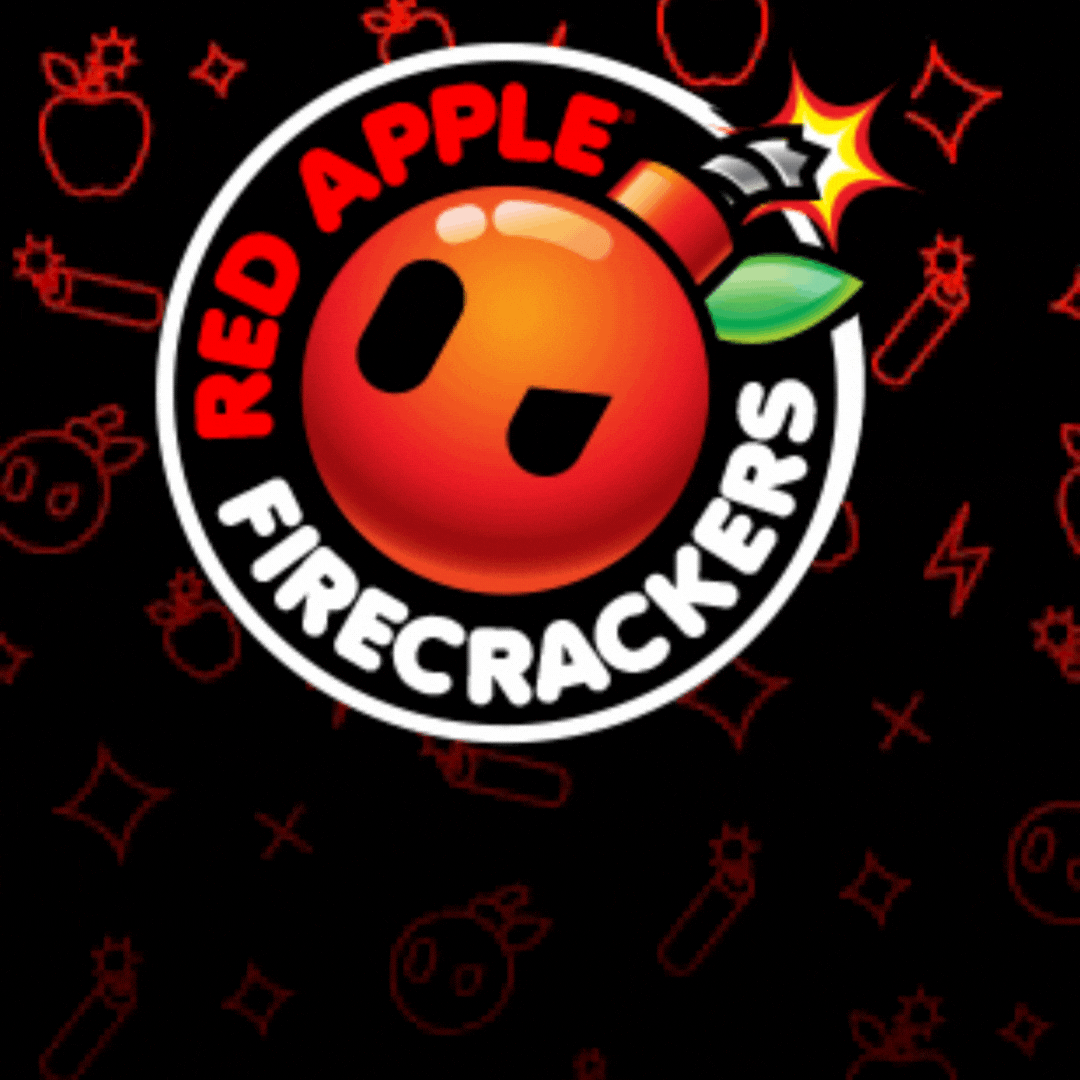
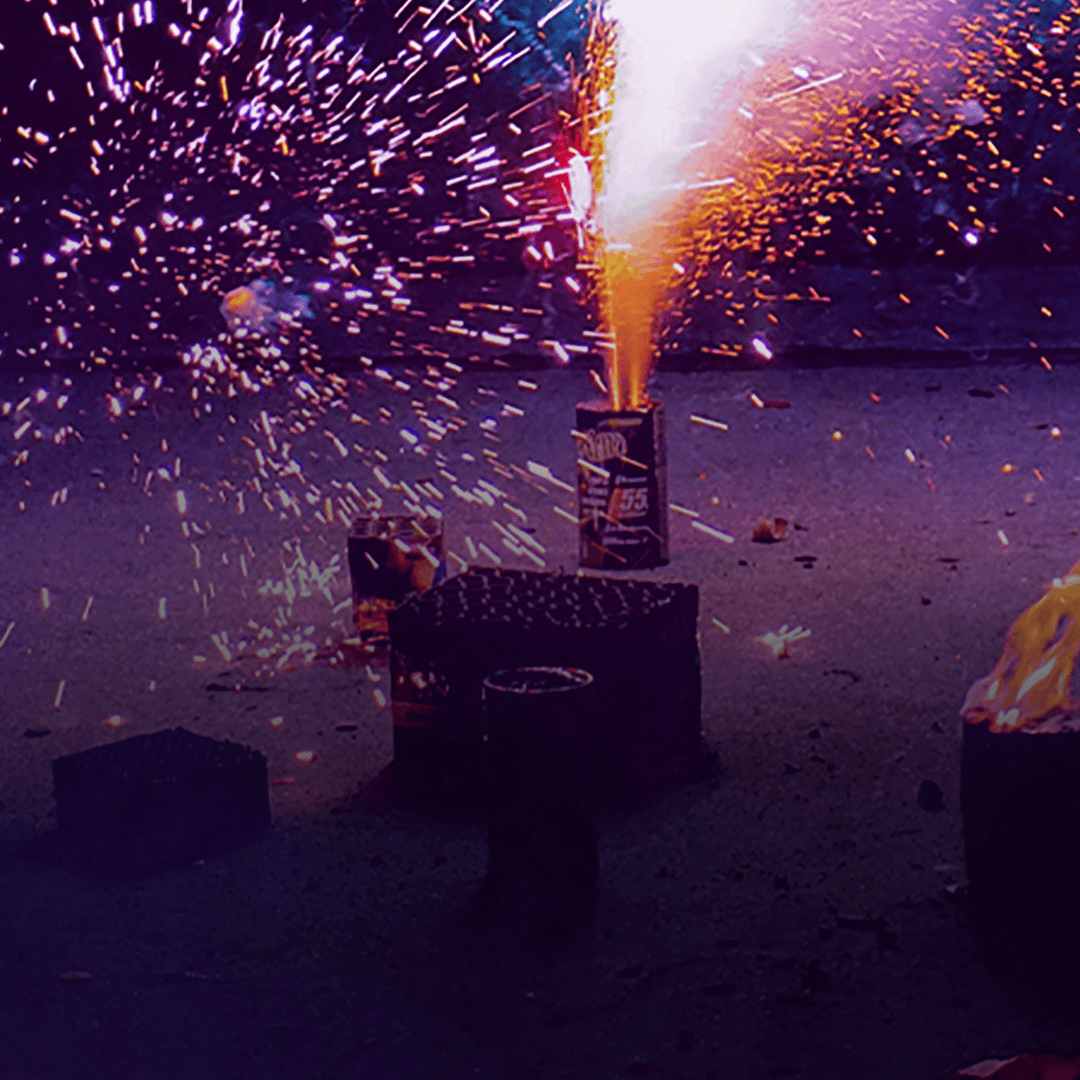
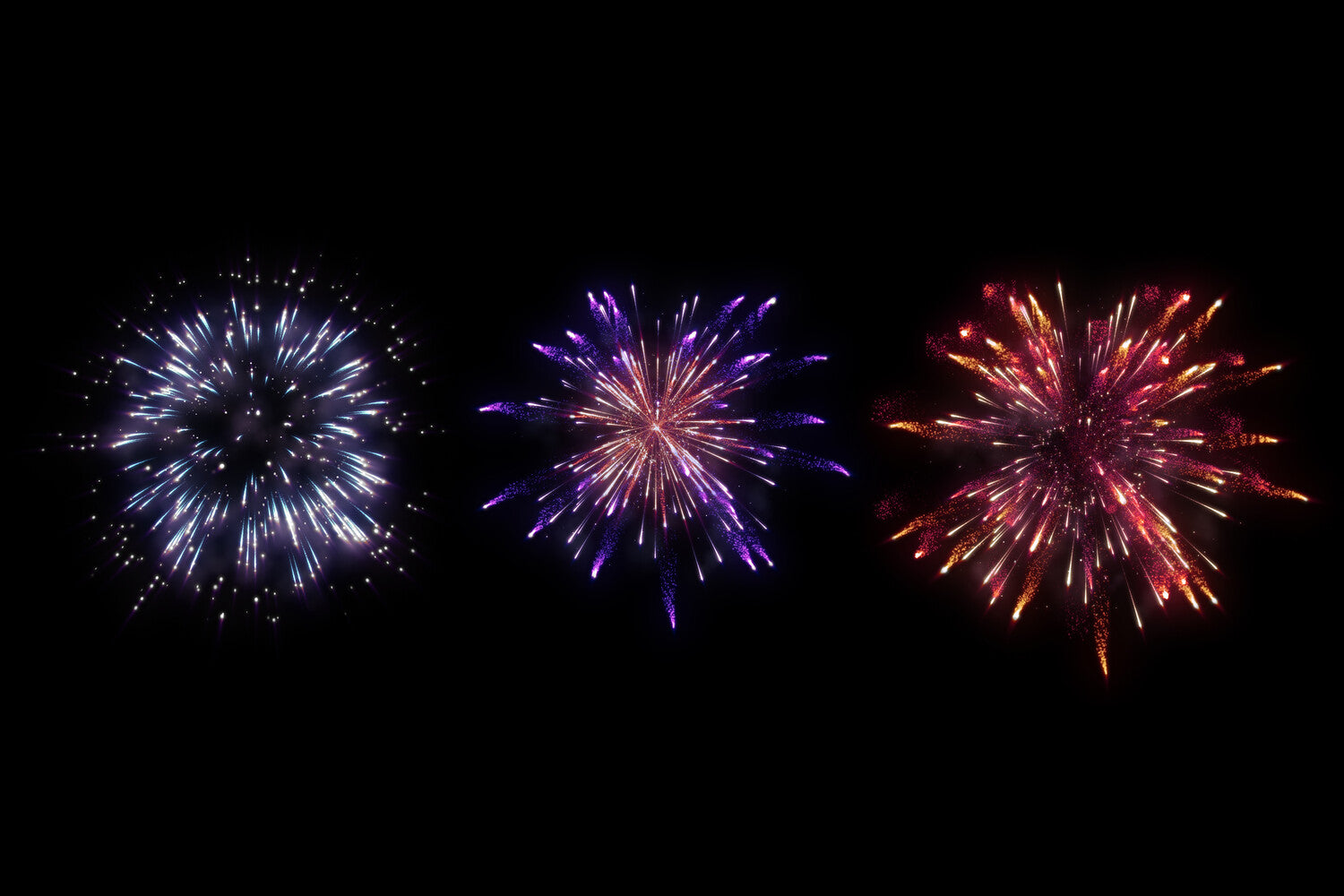


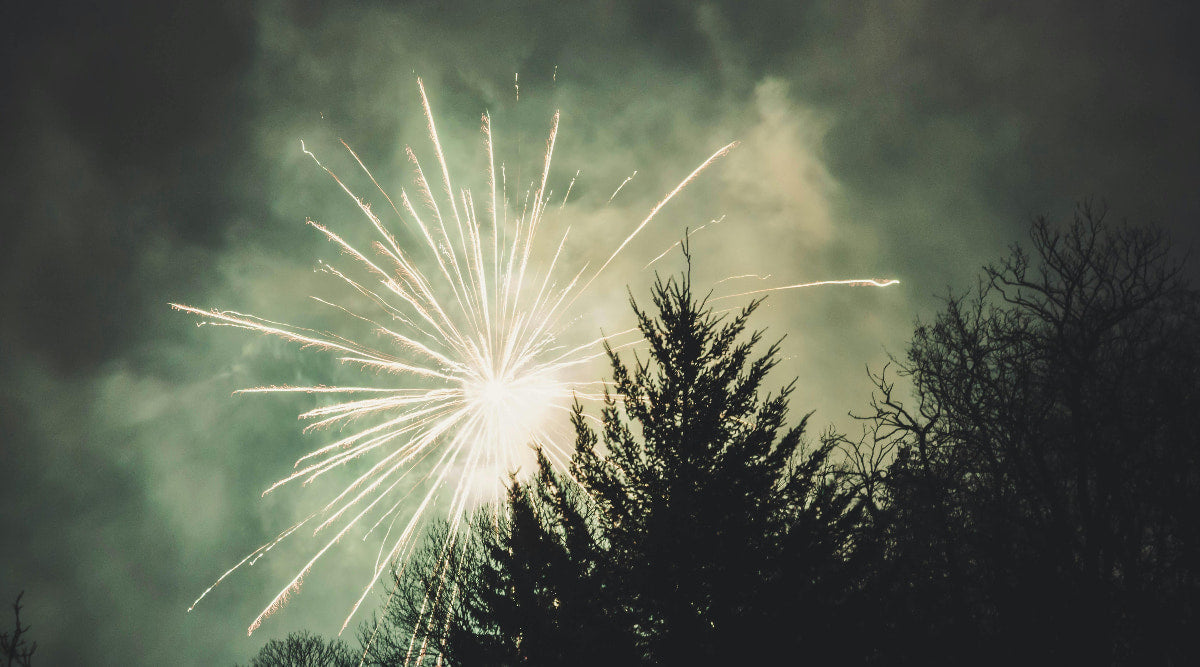
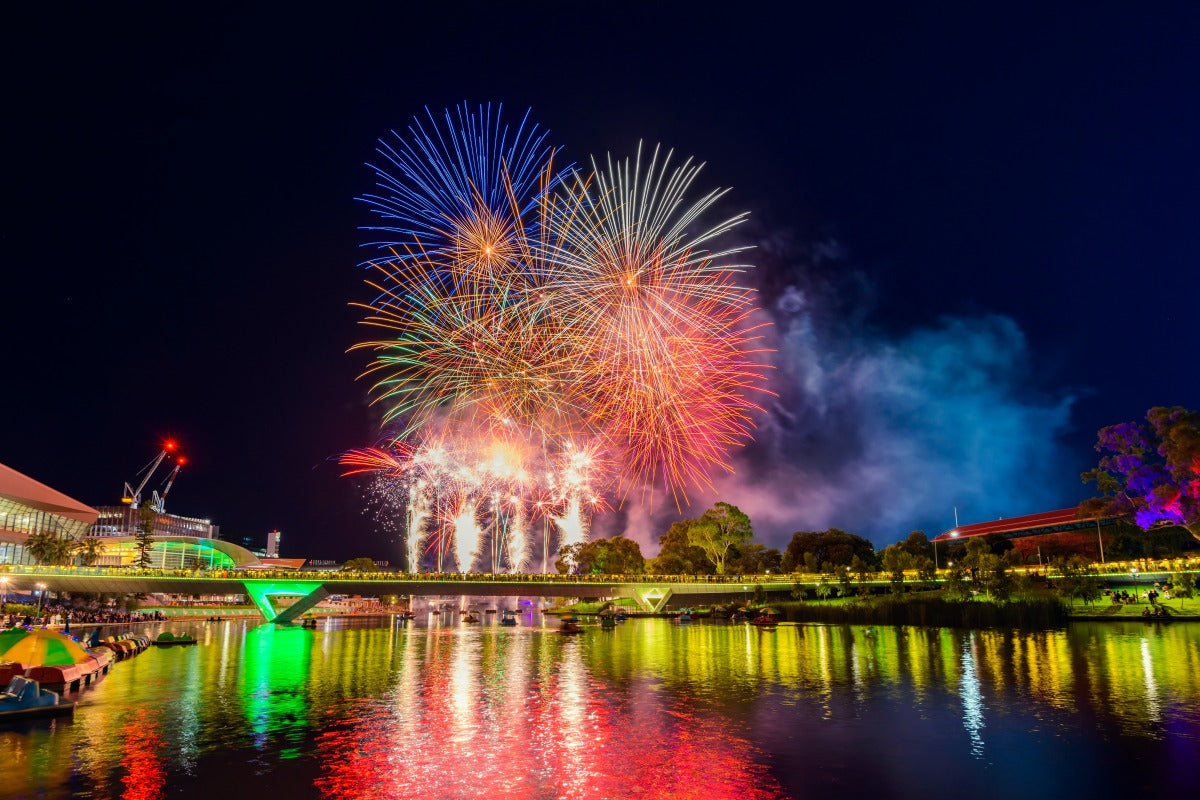
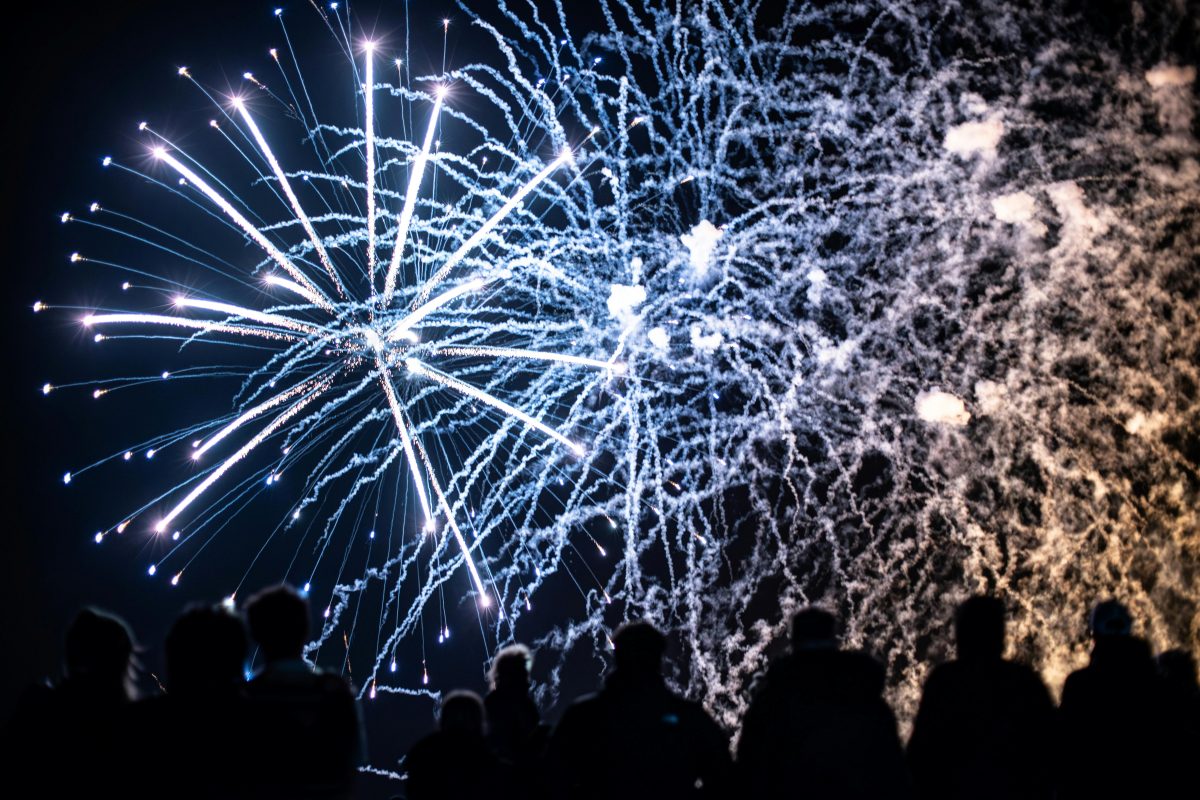
Leave a comment
All comments are moderated before being published.
This site is protected by hCaptcha and the hCaptcha Privacy Policy and Terms of Service apply.